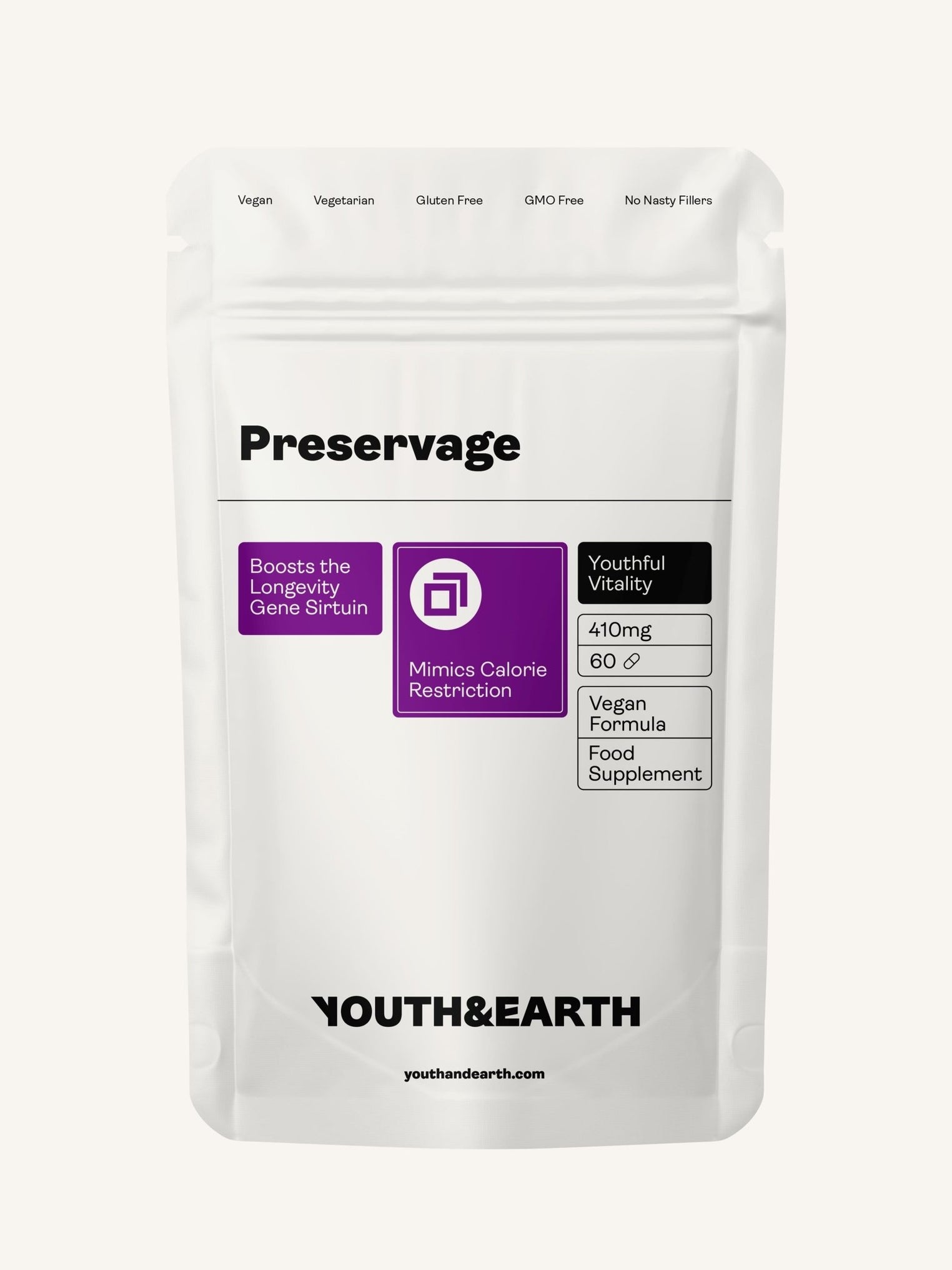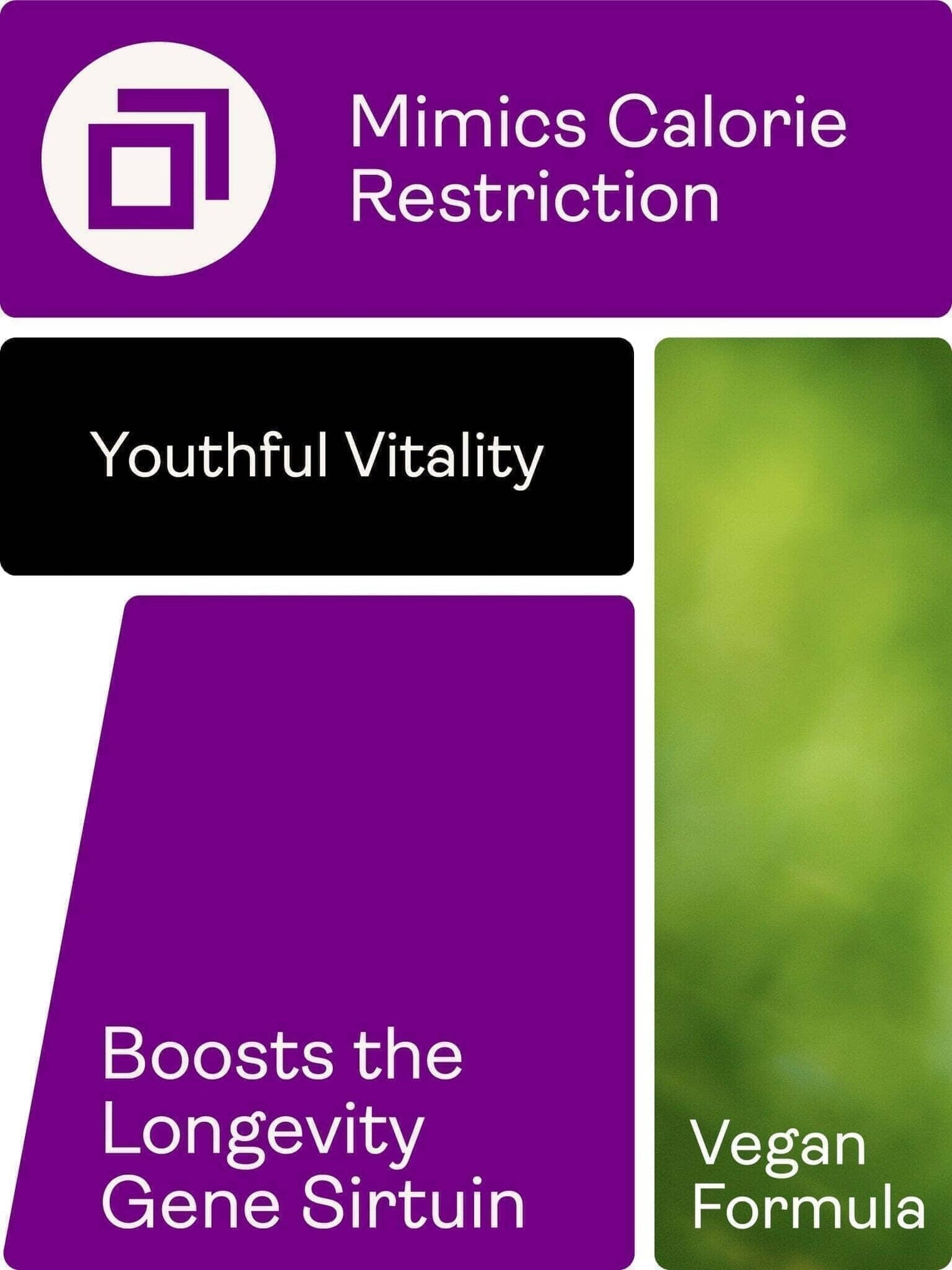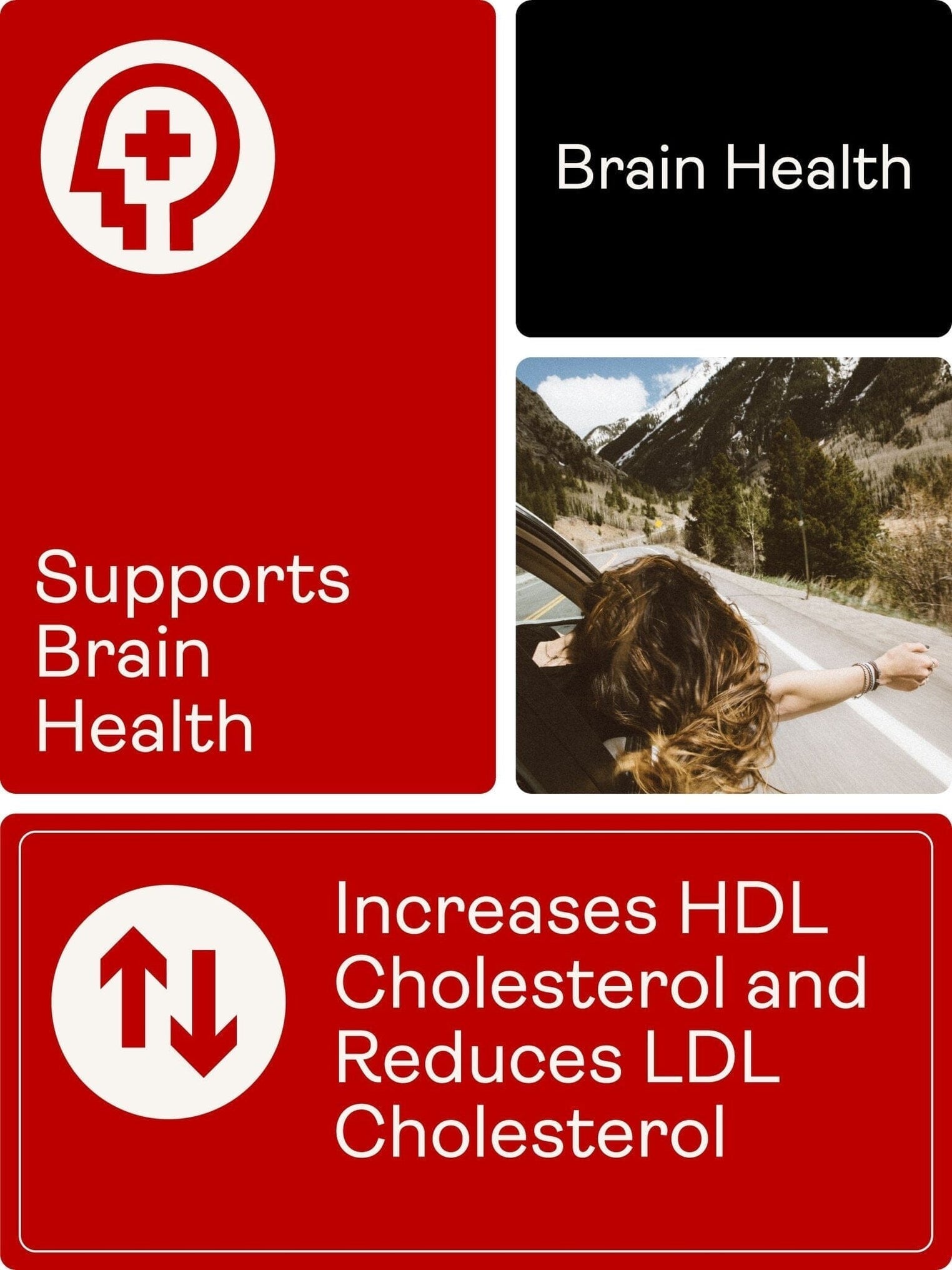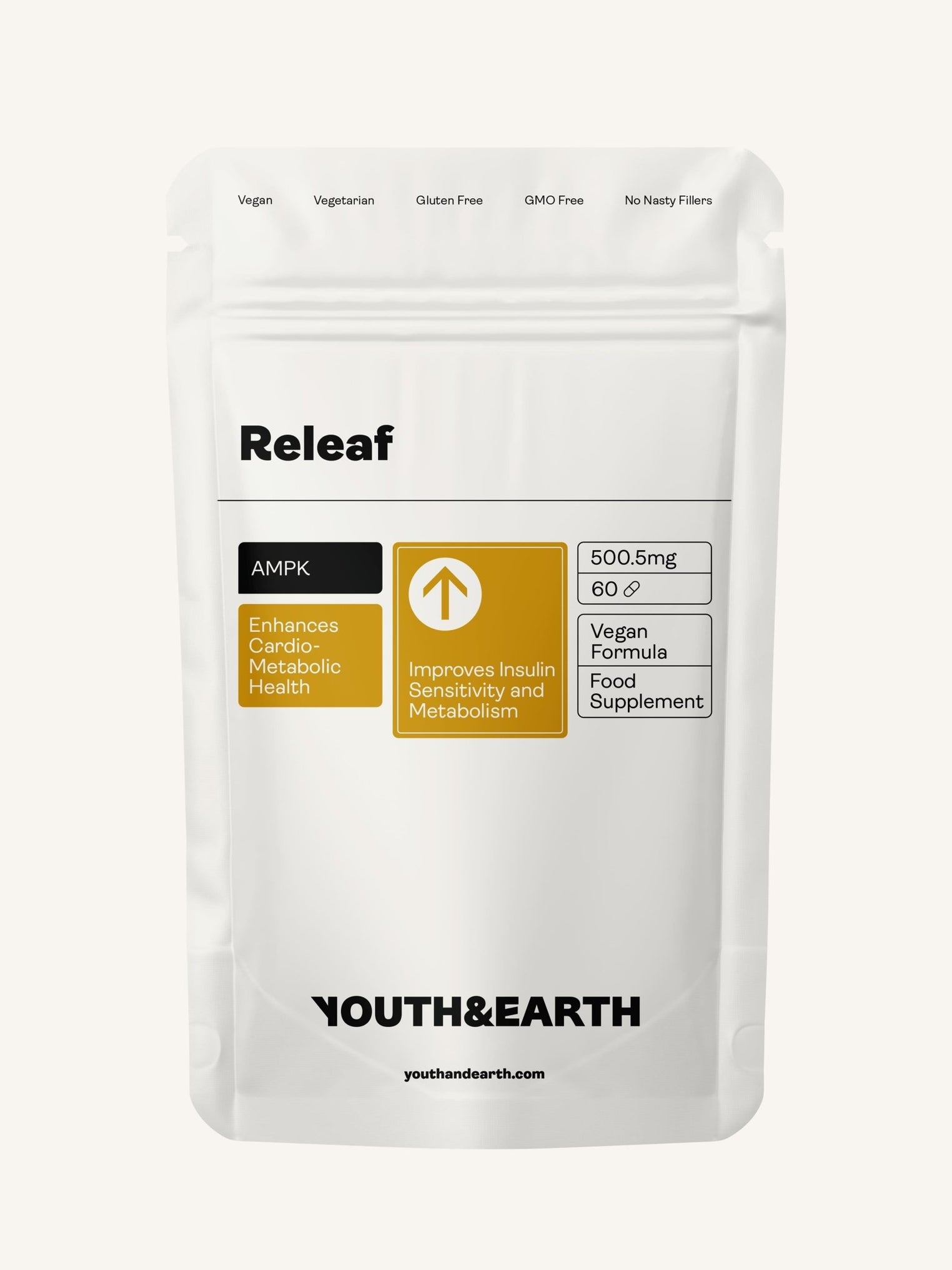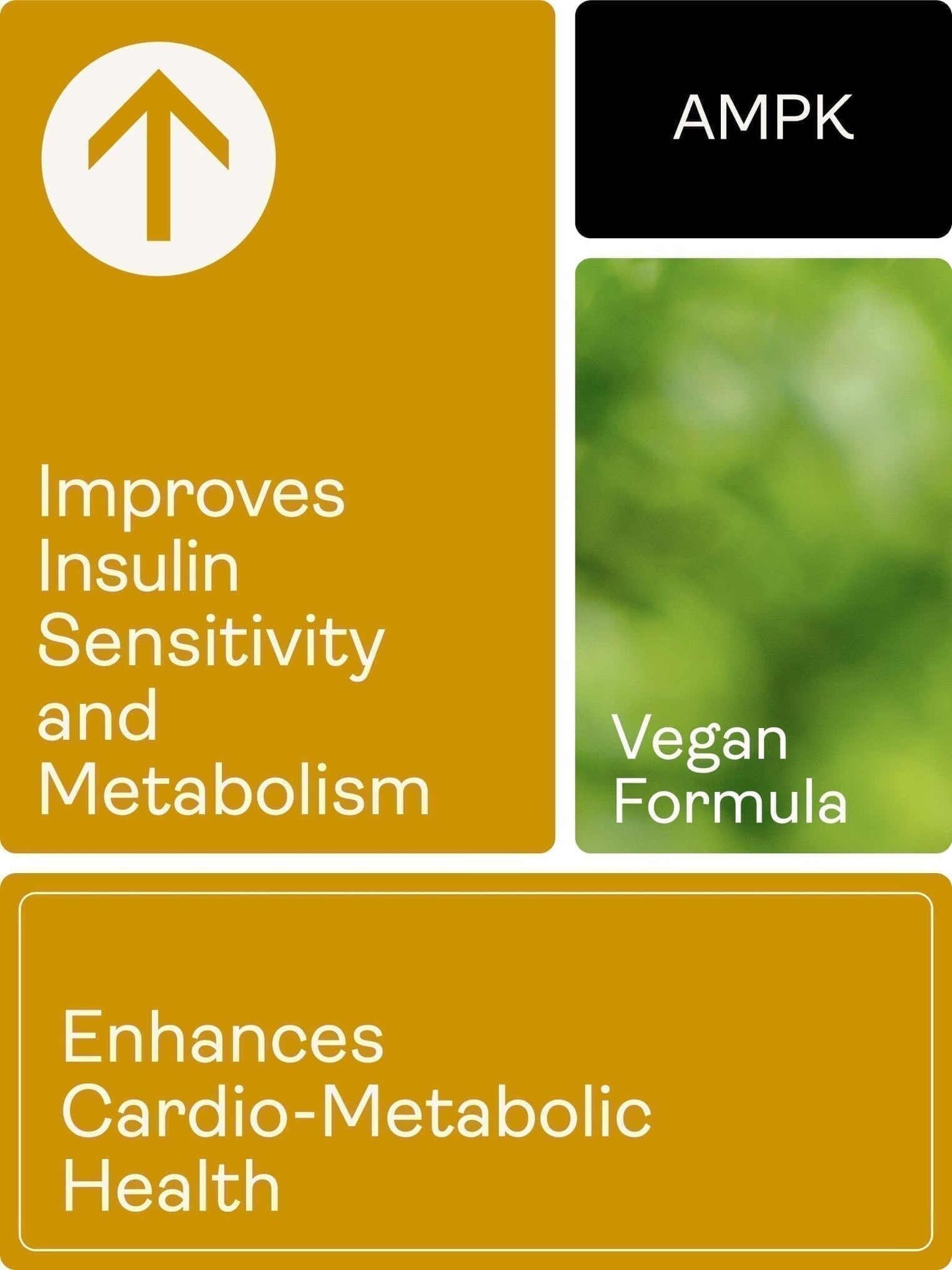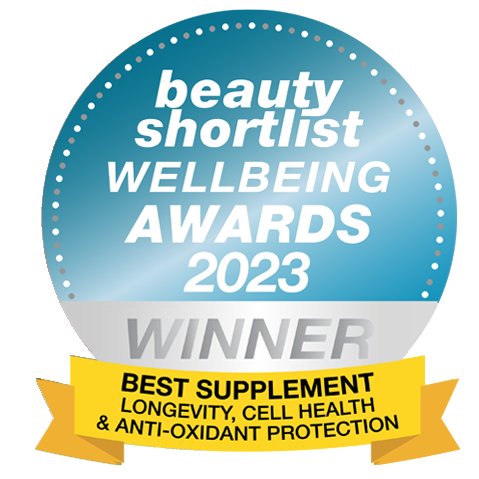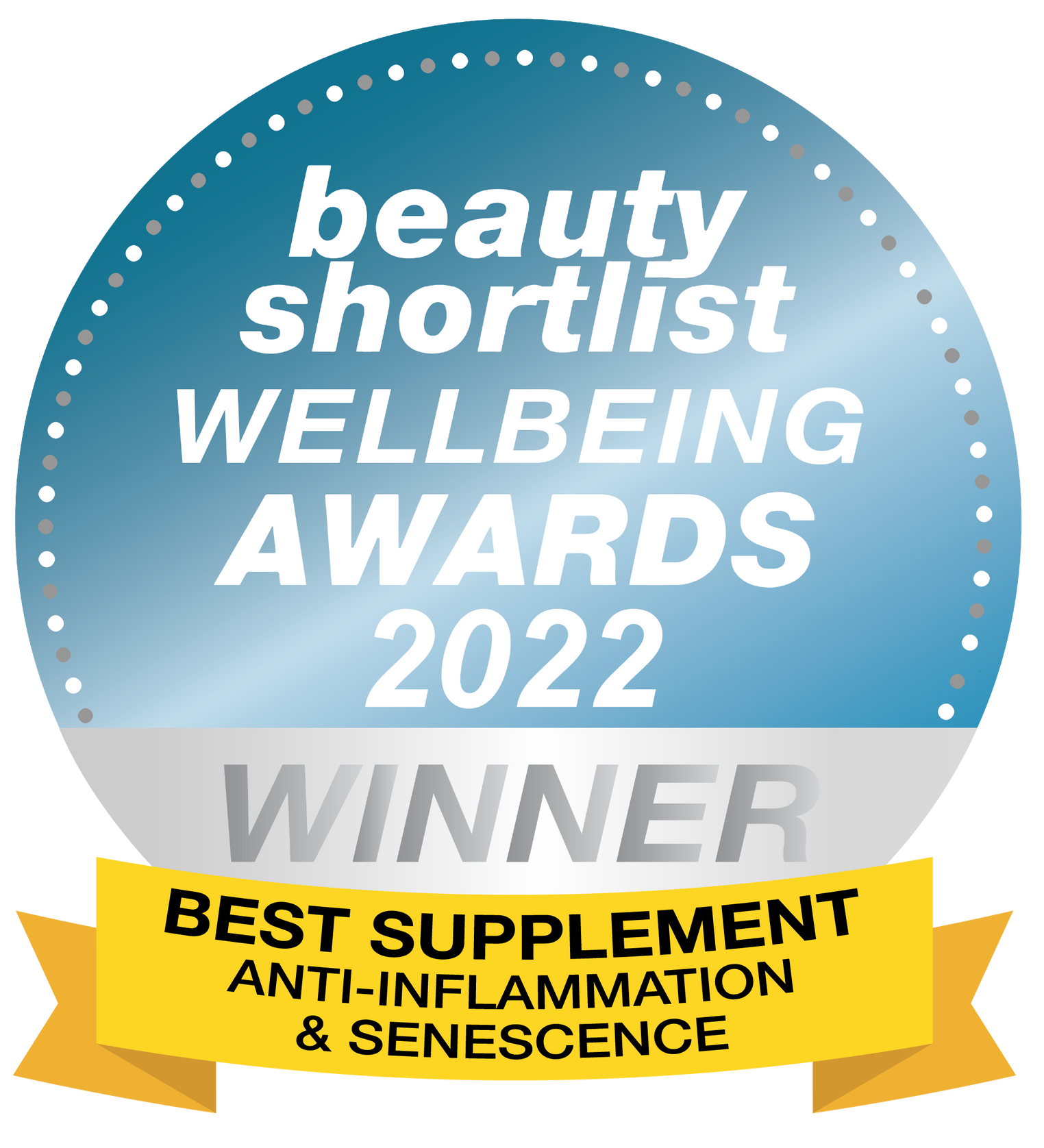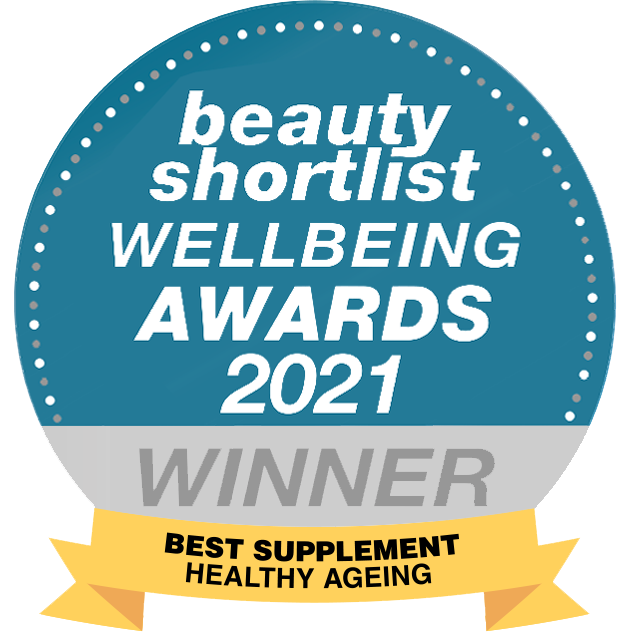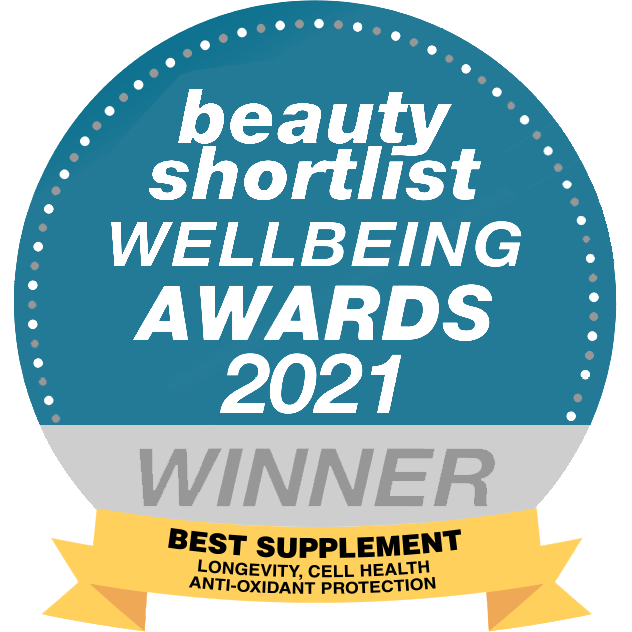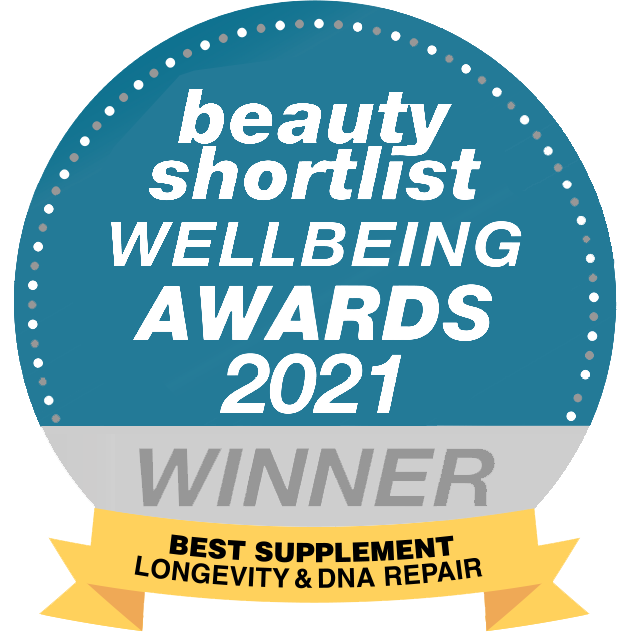If someone told you that aging is something plastic that you can manipulate at will and reverse or slow the process, would you believe them? Have you ever wondered why people in the Blue Zones enjoy such healthy and long lives? The answer lies in the longevity pathways.
Longevity Pathways - What They Are?
Longevity pathways are like communication channels between cells in your body. The communication is in the form of chemical signals (molecules and proteins) secreted from a sending cell to a target cell. Once inside the target cell, the signaling molecules relay the message through a chain of chemical messengers, causing changes in cell activity.
Understanding these pathways and how they work is absolutely critical if you want to offset the impact of age-related disorders and enhance the quality of your life.
Based on laboratory experiments and biochemical studies, scientists have been able to identify four longevity pathways that regulate the process of aging in our lives.
-
mTOR
-
AMPK
-
Sirtuins
-
NF-kB
Each pathway has a distinct mechanism underlying how it regulates your body functions and aging. All four pathways work together in synergy. Let’s scratch a little deeper into each pathway.
mTOR longevity pathway
mTOR (mammalian target of rapamycin) is a protein found in different types of cells in your body, including your brain cells. It joins forces with other proteins to form two complex protein groups that serve as critical cell signaling pathways. These make up the mTOR longevity pathway.
The mTOR pathway is activated and inhibited by several factors at work in your body. The correct regulation of this pathway is critical for cell growth, metabolism, cell regeneration and renewal, brain function, and many other processes.
When mTOR is regulated correctly, it’s beneficial in governing our health and extending our life expectancy. However, when the levels become out of balance, either too much or too little, we can experience negative consequences that will impact our longevity.
How is mTOR activated?
When you hit the gym and exercise, the mTOR pathway is activated. It helps grow and develop muscles, as well as repair damaged tissue. This is the best way to activate mTOR correctly because it increases activity and growth in the muscle cells
Loss of muscle mass is one of the first signs of aging, so by activating this pathway through exercise, you can slow down, if not reverse, muscle degeneration. However, there is a catch.
Too much mTOR or overactivation of this pathway has been found in many age-related conditions and diseases, including cancer, diabetes, cardiovascular disease, obesity, and Alzheimer’s.
By consuming too many calories, and in particular protein, the high levels of mTOR can decrease our life expectancy and increase our chances of getting these conditions. Therefore, it’s very important to inhibit this pathway.
What inhibits mTOR?
Restricting calorie intake and even fasting, puts your body into survival mode. When this happens, it shuts down energy-consuming processes such as cell growth and division. Because mTOR plays a large role in forming muscle and growth, the body naturally inhibits this pathway during these times so that it can use the energy and fuel for surviving.
mTOR can also be inhibited through food sources, in particular, those that contain high levels of plant phytochemicals such as polyphenols and increasing the levels of another longevity pathway, AMPK.
Is mTOR good or bad?
As with many things in life, balance is everything and in order for mTOR to do its job correctly, it needs to be regulated properly by our bodies. So mTOR is good when it’s in balance but bad when levels become out of balance.
To keep this pathway regulated, we need to:
-
Exercise regularly
-
Practice calorie restriction through either eating less than we need or fasting at times
-
Consume plenty of plant phytochemicals
-
Reduce the number of animal proteins in our diets
-
Take a supplement such as PRESERVAGE that is high in mTOR inhibiting plant phytochemicals such as Resveratrol, Curcumin, and Quercetin.
The AMPK longevity pathway
AMPK (adenosine monophosphate-activated protein kinase), is a fuel-sensing enzyme pathway that signals the cells to ramp up or slow down the production of energy. In other words, it is one of the energy controllers in our bodies and helps us convert glucose and fat into energy. It has a major part to play in determining our body fat composition, the amount of fat we carry on our stomachs, as well as our life expectancy.
In a 2005 study, AMPK was also shown to be responsible for the formation and remodeling of blood vessels. This has a direct effect on your overall health as blood flow is enhanced and tissues get the nutrients supply needed for growth.
Why is AMPK important?
When young, the levels of AMPK tend to be high. AMPK has been described as the master switch that regulates the body’s metabolism and life expectancy. It helps the body turn glucose into energy and prevents the body from storing too much fat by helping change fat into energy. It was shown in a study that subjects actually lost belly fat when supplementing with an AMPK activator.
This could be why, when we are young, it’s easier to maintain a lower body fat percentage. High levels of AMPK also protects our bodies from obesity, diabetes, and the early onset of aging as a result of excess fat. As a matter of fact, increased activity in AMPK has been linked to a 20% increase in life expectancy.
However, as we age, the activity levels of AMPK decreases, resulting in increased abdominal fat, loss of muscle mass, and protection from conditions that are associated with aging.
How is AMPK regulated?
AMPK is influenced by many factors in the body, including hormones, activity levels, and diet. However, it seems to be particularly sensitive to insulin resistance. When there is resistance to insulin, AMPK levels are low causing further risk of developing obesity and diabetes. Insulin resistance seems to be one of the main factors that inhibits AMPK.
How to activate AMPK naturally
There are many natural ways to activate and increase the levels of AMPK in our bodies. The top AMPK activators include:
-
Restricting calories through intermittent fasting or consuming less
-
Exercising regularly
-
Reducing insulin resistance through healthy eating, exercise, and weight loss
-
Stress from cold and heat
-
Eating plant phytochemicals and minerals such as lithium, boron, and zinc.
-
Supplement with an AMPK activator such as berberine. Our supplement RELEAF is specifically designed to be an AMPK booster because it contains high levels of berberine.
-
Supplement with an mTOR inhibiting supplement that contains plant phytochemicals that inhibit mTOR. PRESERVAGE is high in Resveratrol, Curcumin, and Quercetin.
The Sirtuin longevity pathway
Sirtuins are a family of proteins that play an important role in aging by controlling cell health. They regulate the proteins and genes involved in the body’s response to inflammation, oxidative stress, and programmed cell death. Sirtuins control how our cells express our DNA and respond to insulin, and the sirtuin pathway is notable for its role in cell survival and stress response to environmental stimuli like calorie restriction.
What do Sirtuins do?
In a way, Sirtuins are a bit like the driver of a car that decides when to turn on the car, how fast it’s going to, where it’s going, and when it’s going to stop. Sirtuins “drive” and control cellular health and are nicknamed the “longevity gene” by scientists because of the role they play in promoting longevity.
Sirtuins and NAD+ What’s the connection?
However, like a car needs petrol to work, Sirtuins can’t function without a specific molecule called NAD+. NAD+ is found in every cell in the human body and it plays a significant role in metabolism and many of the biological processes crucial for life. If our NAD+ levels dropped to zero, we would actually die.
Sirtuins are activated by NAD+. Without NAD+, this longevity pathway can’t be activated.
How to activate Sirtuins
Sirtuins are dependent on NAD+. The levels of NAD+ decrease as we age and therefore it becomes important to incorporate lifestyle changes and supplements to boost the levels of NAD+ in our bodies—thereby activating sirtuins.
We can activate Sirtuins by increasing the levels of NAD+ through
Calorie restriction
-
Heat and cold stress
-
Eating a diet high in plant phytochemicals (In a 2010 study, researchers discovered that activating the sirtuin pathway by using resveratrol was found to reverse aging and its related conditions.
-
Supplementing with PRESERVAGE that is high in Resveratrol, Curcumin, and Quercetin
-
Regular exercise
-
Sufficient sleep
-
Supplementing with a high-quality fish oil such as SUPERBA™ Krill Oil to reduce inflammation
-
Supplementing with NMN. Our pharmaceutical-grade NMN directly boosts NAD+ levels which will help activate the longevity gene, Sirtuin.
The NF-kB longevity pathway
NF-kB (Nuclear Factor-kappa B) is the main pathway responsible for controlling the complex physiological process of inflammation.
It regulates the release of proinflammatory genes (genes that cause inflammation) such as cytokines and chemokines in response to free radicals, infection, and the infiltration of bad bacteria. This pathway can also be activated by many things including physical stress, emotional and psychological stress, the foods we eat, bacteria, viruses and more.
Inflammation is good when it is used to fight off threats, however, as we age the expression of NF-kB increases, leading to cell deterioration and chronic inflammation. In fact, when inflammation goes overboard, your body becomes vulnerable to degenerative conditions such as diabetes, cancer, and cardiac diseases.
Is NF-kB good for you?
As with mTOR, this pathway does have a very important role to play and therefore activating it correctly is essential. Exercise activates the NF-kB pathway leading to an inflammatory response that keeps free radicals at bay. This is a good inflammatory response and it’s beneficial to building muscle and recovering from injury. However, when it becomes overactivated, it’s detrimental to us and therefore it’s important to inhibit this pathway too.
How to inhibit NF-kB
To reduce inflammation and inhibit NF-kB we need to incorporate certain healthy lifestyle habits.
These include:
-
Restricting calories
-
Consuming anti-inflammatory foods and plant phytochemicals
-
Supplementing with PRESERVAGE that is high in Resveratrol, Curcumin, and Quercetin
-
Participating in stress-relieving activities like yoga, meditation, praying, and uplifting social interactions
-
Heat stress
-
Getting enough sleep and rest
-
Supplementing with high-quality fish oil like SUPERBA™ KRILL OIL (Omega 3 has been shown to reduce inflammation)
Conclusion
The clear message coming through from the longevity pathways is that our bodies are complex systems. Although everybody ages, we can put things in place to slow down the aging process and live long healthy and happy lives.
Simple lifestyle changes include:
-
Restricting our calorie consumption
-
Keeping inflammation at bay
-
Monitoring our stress levels and actively participating in stress-relieving activities
-
Exercising regularly
-
Getting sufficient sleep and rest
-
Eating a diverse diet high in plant-based foods and phytochemicals
-
Supplementing with anti-aging supplements that are designed to activate and inhibit the various longevity pathways
Although the hunt is still on to find the Fountain of Youth, you don’t have to accept that the degeneration of aging is inevitable. The ball is now in your court, make a conscious decision today to incorporate the above factors into your daily life and invest in your health by supplementing wisely with Youth&Earth supplements, specifically designed to help you live a long and happy life.
The content of this article is for informational purposes only. It’s not intended to be a substitute for professional medical advice, diagnosis, or treatment. Always seek the advice of your physician or health provider before starting a new health regime or program. Do not ignore medical advice or delay seeking it because of something you’ve read on this site or any Youth & Earth product.


